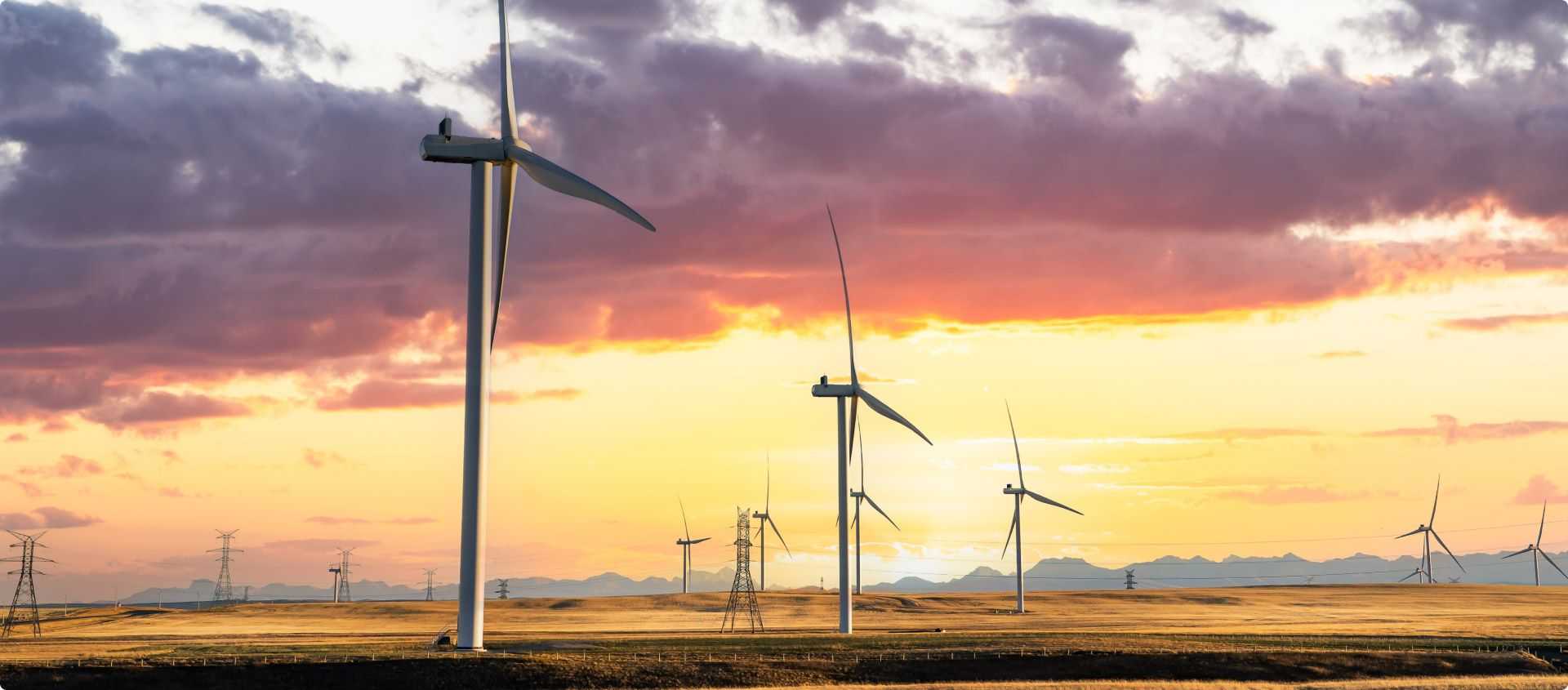Sectors

Food Industry
Africa’s domestic feed market will increase threefold from USD 313 billion today to USD 1 trillion by 2030, says the World Bank. As elsewhere in the world, the first step is understanding exactly what the consumer wants, and then establishing how your company’s capabilities can meet those needs. By aiming high enough to be competitive in regional and global markets, food companies will raise their standards and ensure their long term success, even if the bulk of their products are sold on local markets. Mr Export To Africa identifies significant export opportunities to Africa.
Sectors

Construction & Materials
Sub-Saharan Africa will have the fastest growing construction industry among all major regions in the world over the next five years growing on average by a compound annual growth rate (CAGR) of 6.6 per cent a year, from 2018 to 2022, according to GlobalData. Regionally, Africa will become a major player in global construction over the next five years. There will be a steady acceleration in construction activity in Nigeria over the forecast period to 2022, supported by government efforts to revitalise the economy, by focusing on developing the country’s infrastructure. However, Ethiopia will be Africa’s star performer, where its construction industry will continue to grow in line with the country’s economic expansion.
Sectors

Agricultural Products
Africa spends 35 billion US dollars in importing agricultural products; it is projected that the number will grow to 110 billion US dollars by 2025. According to the United Nations’ 2015 World Population Prospect Report, 2.4 billion people are projected to be added to the global population between 2015 and 2050, with 1.3 billion in Africa alone. This means if Africa realises the potential, it will feed over nine billion by 2050.
Sectors

Green Energy
According to the International Energy Agency (IEA), sub-Saharan Africa will require more than $30 billion in investment to achieve universal electricity by 2030. Rural sub-Saharan Africa will require the vast amount of the funds, with more than 85 percent of those living in rural areas lacking access to reliable electricity. An emerging concern for carbon emissions and sustainable development has created an opportunity for renewable energy on the continent. Recognizing the opportunity and challenges, regional bodies, including the Economic Community of West African States (ECOWAS), have developed rural renewable energy development agendas. ECOWAS member countries have established the Center for Renewable Energy and Energy Efficiency (ECREEE), forming strategic development pacts with several international organizations that includes the United Nations Food and Agricultural Organization (FAO) and the United Nations Industrial Development Organization (UNIDO). ECOWAS members target nearly 20 percent for the renewable makeup of energy by 2030, which include off-grid electricity serving 25 percent of the rural population. The Southern African Development Community (SADC) and the East African Community (EAC) recently agreed to create similar regional renewable energy programs.
Sectors

FMCG
Despite Africa having a population of around one billion, the continent remains relatively under-served by FMCG companies. The density of the population is another important point to consider. FMCG retailers need a steady flow of consumers purchasing their products on a daily basis, so they have to operate in a local market with a large enough size. By 2025, the UN expects there to be 93 agglomerations in Africa of at least one million, of which 12 are forecast to have a population of five million or more. Nigeria accounts for around a quarter of these (in terms of the number of agglomerations, not the population size). Informal markets dominate food retail at present. This should slowly start to change as the number of shopping malls rise, and consumers increasingly prefer the convenience that is offered by one-stop shopping at supermarkets.
Sectors

Infrastructure
Structural change is essentially the only hope for sustainable growth in Africa, and the focus should be on efficient infrastructure. According to a report by the Global Infrastructure Outlook, under current trends scenario, the total infrastructure investment forecast for Africa to 2040 is projected to be US $4.3 trillion, or US $174bn per year. Indeed most African countries including Kenya, Uganda, Nigeria and Ghana have structured their recent national budgets towards the attainment of MDGS by allocating large chunks of their annual expenditures to key infrastructural sectors like transport, energy, and housing. According to the report by Global Outlook, in dollar terms, electricity is forecast to receive around $1.6 trillion of investment between 2016 and 2040 under current trends, roads are receiving between US $700 billion and US $900 billion.
Sectors

Electronics & Electricals
Revenue is expected to show an annual growth rate (2019-2023) of 6.0%, resulting in a market volume of US$6, 112m by 2023. Europe will register substantial gains in the global consumer electronics market during the forecast time-frame. The growth is attributed to its increasing economic conditions with a higher dependency on technology-based products for daily activities and operations. Africa’s retail market for electrical and electronics holds a notable market share of 7.6%. Rapid urbanization, falling prices of electronic goods, and the demand for electronic products featuring the latest technologies and superior qualities will create more scope for the sector to grow in future. Electrical and electronics specialists will remain the major channel for sales having accounted for 71.7% of the sales in the category.
